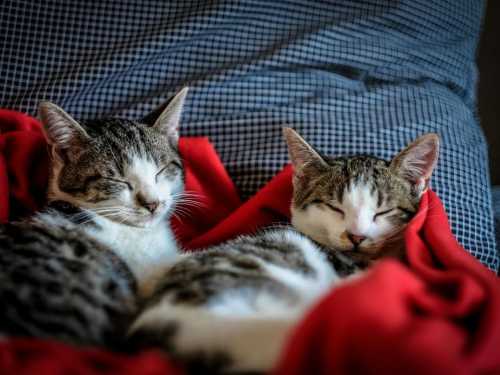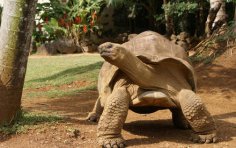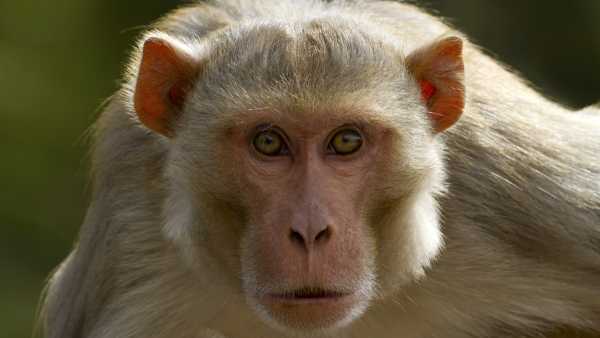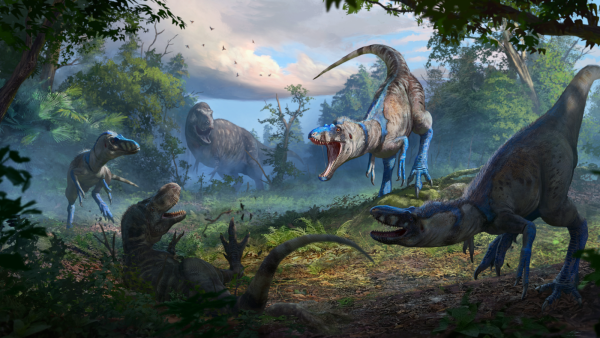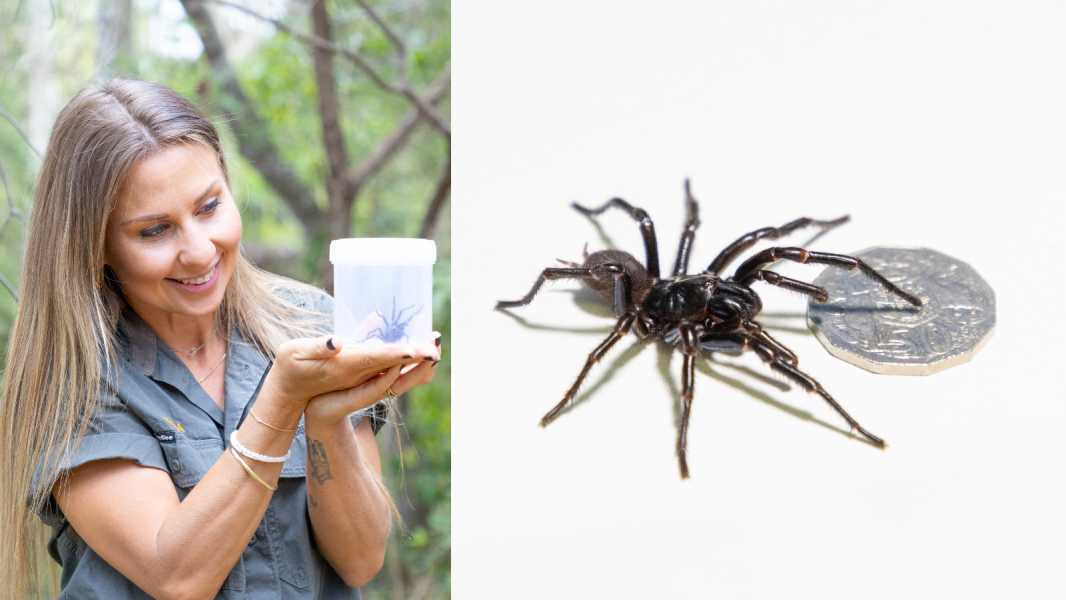
Emma Teni, spider keeper at the Australian Reptile Park, has nicknamed the giant funnel-web spider 'Hemsworth'. (Photo credit: Australian Reptile Park)
The largest male funnel-web spider ever recorded – a dangerous behemoth measuring 3.6 inches (9.2 centimeters) from limb to limb – has been given to a zoo in Australia. Keepers say the spider is so big that its fangs can penetrate a human fingernail and deliver deadly venom.
Sydney funnel-web spiders (Atrax robustus) are considered one of the most venomous spiders on the planet. If left untreated, a single bite can kill a small child in 15 minutes and an adult in three days.
A local resident caught and donated the giant spider to the Australian Reptile Park in Somersby, New South Wales. The zoo is calling for donations to support its spider venom program, which produces life-saving antivenom for Sydney funnel-web spiders and other venomous species.
Emma Teni, a spider researcher at the Australian Reptile Park, named the large spider “Hemsworth” after Australian actors Luke, Chris and Liam Hemsworth. The previous record for the largest male funnel-web spider was held by a spider named Hercules, which measured 3.1 inches (7.9 cm).
“We're used to getting pretty big funnel-webs, but getting a male this size is like hitting the jackpot,” Teni said in a statement shared with Live Science.
Male funnel-web spiders are typically smaller than females, but they are more dangerous because of a substance in their venom called atracotoxin, which affects the nervous system of humans and primates (but not other mammals). Females do not have this toxin, which likely explains why males are responsible for all 13 reported deaths from funnel-web bites and the majority of serious bites requiring medical attention, according to the Australian Museum.
There have been no recorded deaths from funnel-web spider bites since the antivenom was introduced in 1981. The Australian Reptile Park is the only institution in Australia to source raw funnel-web venom, and the antivenom it produces saves up to 300 lives a year, the statement said.
The Australian Reptile Park has set up spider collection points across Sydney, the Central Coast and Newcastle. Staff collect the spiders and milk them weekly before sending the venom to a lab to produce antivenom, the statement said.
But the process of milking the spiders is labor-intensive. “It takes about 150 to 200 milkings to create one vial of antivenom,” Teni said in a video interview. “We can only milk male funnel-web spiders because of the atracotoxin in their venom.”
So Hemsworth has become a welcome addition to the park’s spider population. “Because Hemsworth is so big, he has huge fangs, and he produces a lot of venom,” Teni said. When keepers first saw Hemsworth, “we certainly thought it was a female because of his size,” she added, “but upon closer inspection, it was a male.”

Sasha PareSocial Links NavigationEmployee
Sasha is a staff writer for Live Science and is based in the UK.
Sourse: www.livescience.com


